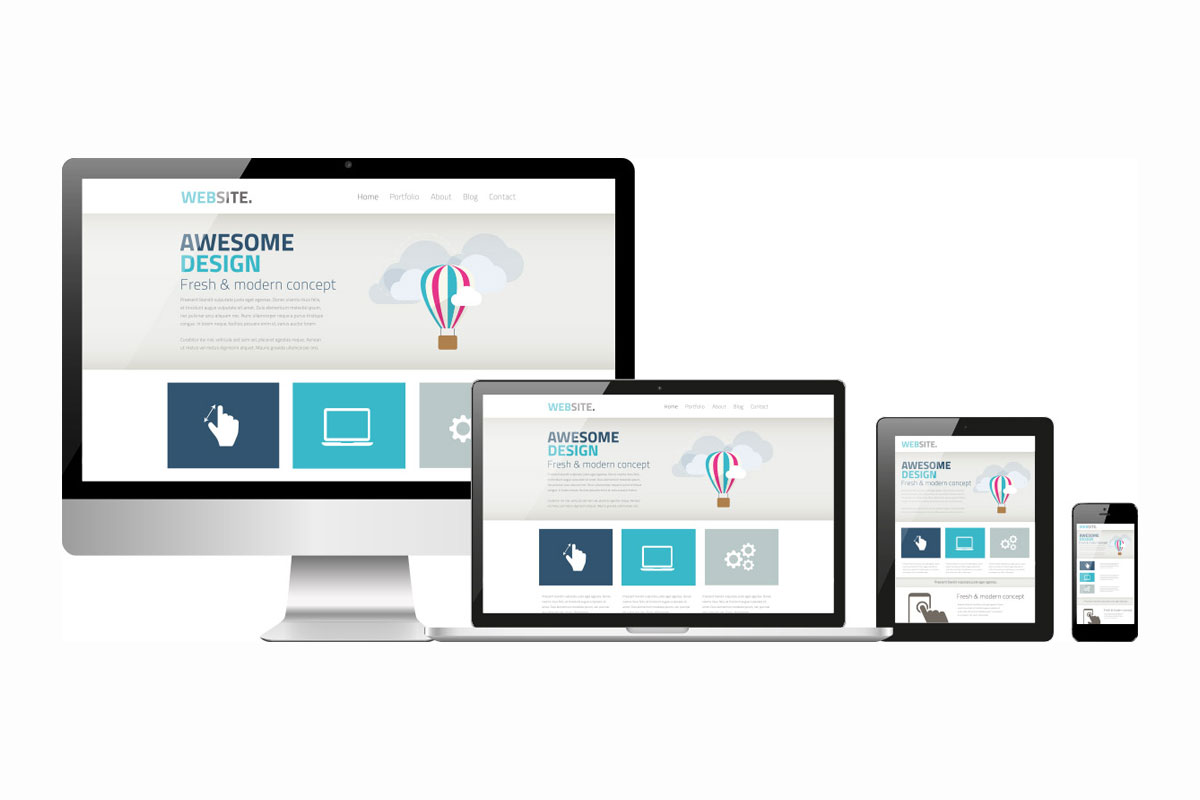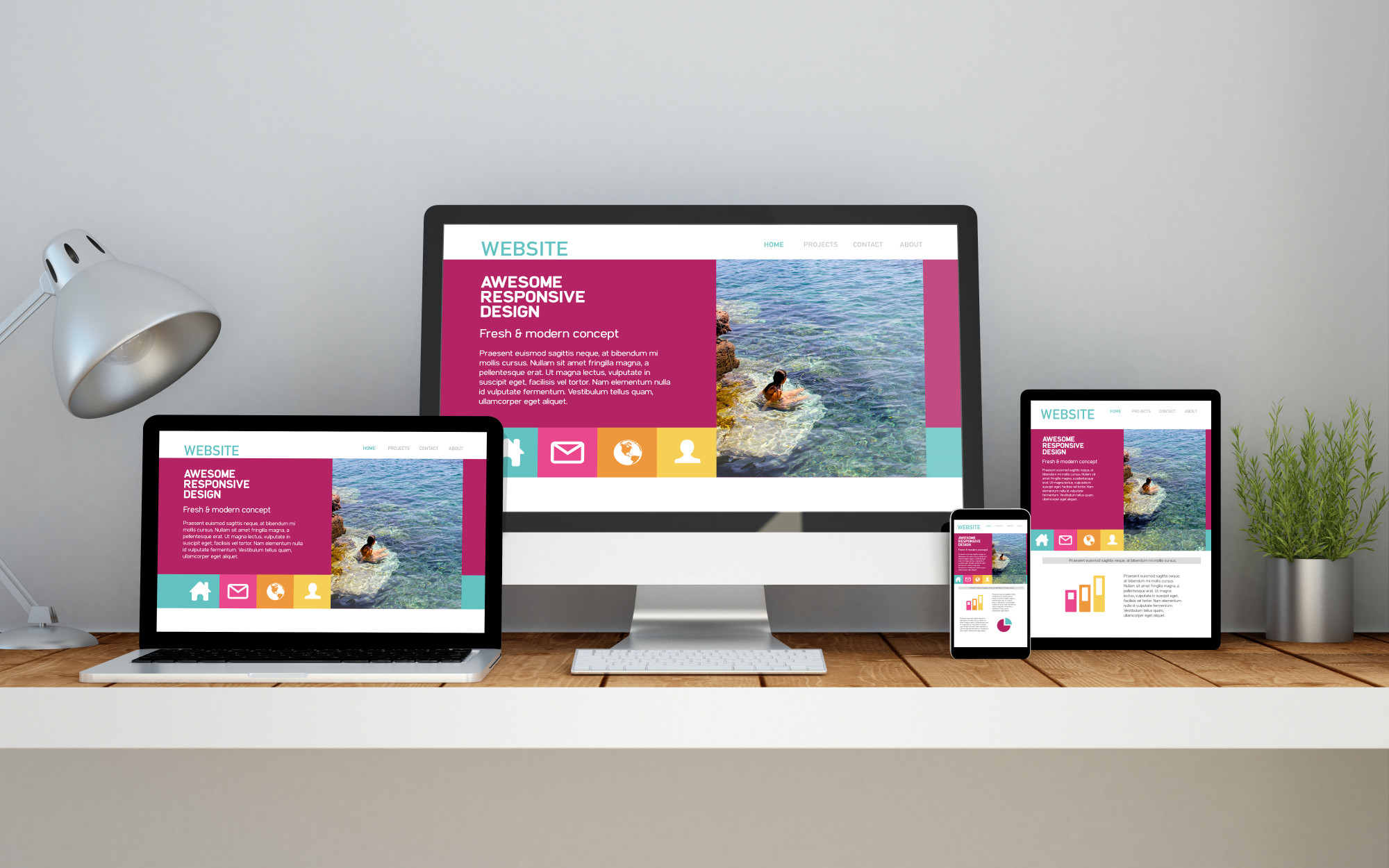Cutting-edge Fads in Web Design Johannesburg for the Modern Business
Cutting-edge Fads in Web Design Johannesburg for the Modern Business
Blog Article
Discovering the Essential Principles and Best Practices of Effective Web Design for Improved User Experience and Involvement

Importance of User-Centered Design
User-centered design (UCD) works as a keystone of reliable website design, emphasizing the necessity of customizing electronic experiences to satisfy the needs and preferences of customers. By prioritizing the user's viewpoint, UCD ensures that internet sites are not just useful yet additionally user-friendly and engaging.
The significance of UCD exists in its capability to enhance customer contentment and retention. They are more most likely to return and recommend it to others when customers discover a website simple to navigate and aligned with their expectations. This approach cultivates a deeper psychological connection, making it possible for brand names to construct trust fund and loyalty among their target market.
Moreover, UCD helps with the identification of customer discomfort factors via research and testing, enabling designers to resolve these concerns proactively. By involving users in the design process, whether via meetings, studies, or usability testing, designers acquire valuable insights that educate much better decision-making.
Ultimately, the implementation of UCD not just boosts the total individual experience but also drives quantifiable service end results. Web sites that embrace user-centered methods have a tendency to see greater conversion rates and improved performance metrics, highlighting the crucial function of UCD in contemporary website design.
Key Design Principles
Effective website design is grounded in essential layout principles that improve use and aesthetic appeal, additional structure on the structure established by user-centered design. These concepts consist of consistency, aesthetic hierarchy, and comments, which with each other create an instinctive individual experience.
Consistency ensures that layout elements, such as colors, fonts, and formats, remain consistent across the website. This knowledge aids customers navigate and recognize the user interface effortlessly, strengthening brand name identity. Aesthetic hierarchy, attained via positioning, dimension, and shade, guides customers' focus to one of the most crucial content, making information more interesting and accessible. By tactically organizing components, designers can facilitate quicker understanding and decision-making.

Including these crucial design principles fosters an unified blend of capability and visual appeals, ultimately bring about enhanced individual fulfillment and engagement. By adhering to these foundational concepts, developers can create sites that not only look appealing however also supply a delightful and efficient individual experience.
Ideal Practices for Functionality
Functionality is a cornerstone of effective website design, encompassing a variety of methods that enhance the total experience for users. To accomplish optimum usability, it is vital to prioritize user-friendly navigating. Sensible paths and clear food selections permit customers to discover details rapidly, reducing aggravation and raising fulfillment.
Furthermore, employing consistent design components, such as color design and typography, fosters knowledge and reduces navigation. Users must not need to relearn how to engage with different areas of the site. Additionally, making certain that your web site is responsive across numerous tools is crucial, as an increasing number of individuals gain access to content on smart phones.
An additional best method includes integrating accessibility features, such as alt message for images and key-board navigating choices, to accommodate users with varied demands. Evaluating usability through individual comments is important, as real-world insights can reveal unanticipated issues and areas for improvement.
Enhancing Visual Pecking Order
A distinct visual power structure is important for directing users via a website, allowing them to rapidly recognize the relevance of various aspects on a page. This can be attained with the critical use size, spacing, color, and comparison (web design Johannesburg). Bigger aspects naturally attract focus initially, making headlines or vital telephone calls to action more noticeable
Shade can likewise play a significant duty in establishing hierarchy; as an example, utilizing a bold color for buttons can aid them stick out versus a much more muted history. Furthermore, contrast in between text and history is vital for readability, ensuring that individuals can conveniently navigate content without strain.
Whitespace, or adverse room, is one more vital element of aesthetic hierarchy. It provides breathing area around components, aiding to team associated items and directing the user's eye from one section to one more. By successfully utilizing these design principles, internet designers can create a smooth individual experience that enhances interaction and lowers cognitive load.
Ultimately, a thoughtfully constructed visual hierarchy not just boosts usability why not try these out yet likewise promotes a much more user-friendly interaction with the internet site, resulting in higher complete satisfaction and retention prices among customers.
Flexible and responsive Layout
Aesthetic power structure plays a considerable function in user experience, and its efficiency has to extend throughout various gadgets and screen sizes. Responsive layout uses fluid grids, versatile images, and media questions to change the design and content dynamically, guaranteeing that customers appreciate a smooth experience regardless of the tool.
In comparison, flexible style makes use of unique layouts tailored to specific display sizes. By finding the individual's gadget and serving an optimized design, adaptive layout can supply an extra personalized experience. However, this often needs numerous versions of the very same web content, which can complicate monitoring and rise development time.
Both methods have their values, and the choice in between them depends on project demands, target audience, and resource schedule. Eventually, the goal is to develop an interesting, straightforward user interface that keeps aesthetic pecking order and functionality throughout all systems. A well-implemented responsive or adaptive layout not only enhances user experience yet also encourages higher interaction and retention prices, vital for the success of any internet job.
Conclusion
By prioritizing use through intuitive navigation, aesthetic hierarchy, and responsive formats, designers can develop platforms that provide to varied user demands. Stressing individual responses and aesthetic factors to consider ultimately cultivates satisfaction, retention, and boosted performance in the digital landscape.
In the swiftly evolving digital landscape, comprehending the fundamental concepts and best practices of efficient internet style is paramount for cultivating boosted customer experience and interaction - web design Johannesburg.Usability is a foundation of successful internet design, incorporating a variety of practices that improve the total experience for individuals. By successfully utilizing these layout principles, web designers he has a good point can produce a Full Article seamless customer experience that enhances interaction and reduces cognitive load
Responsive design uses liquid grids, versatile photos, and media inquiries to change the format and web content dynamically, guaranteeing that users appreciate a seamless experience regardless of the device. A well-implemented receptive or flexible style not just enhances user experience yet additionally motivates greater involvement and retention prices, crucial for the success of any internet job.
Report this page